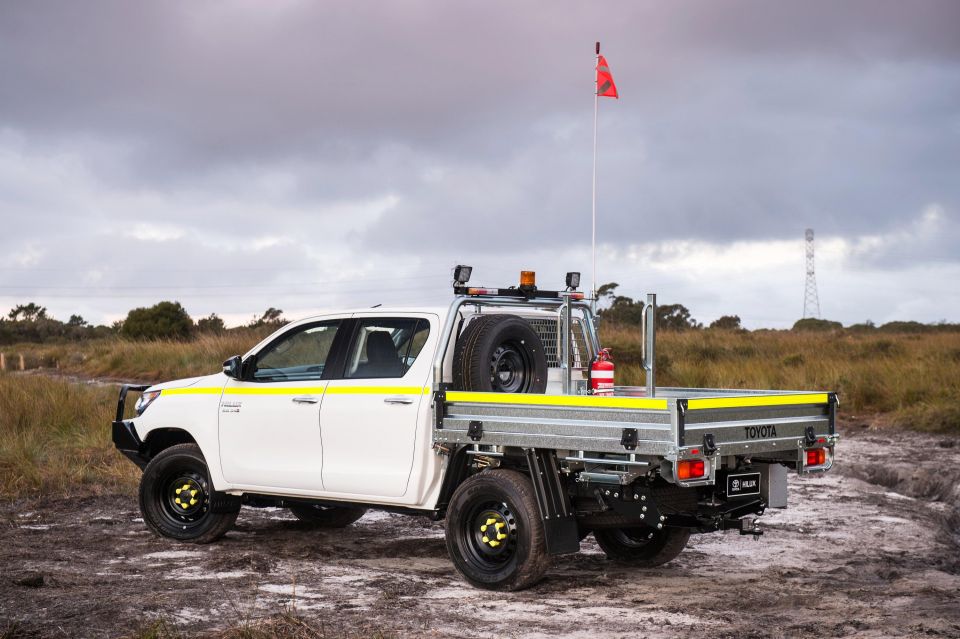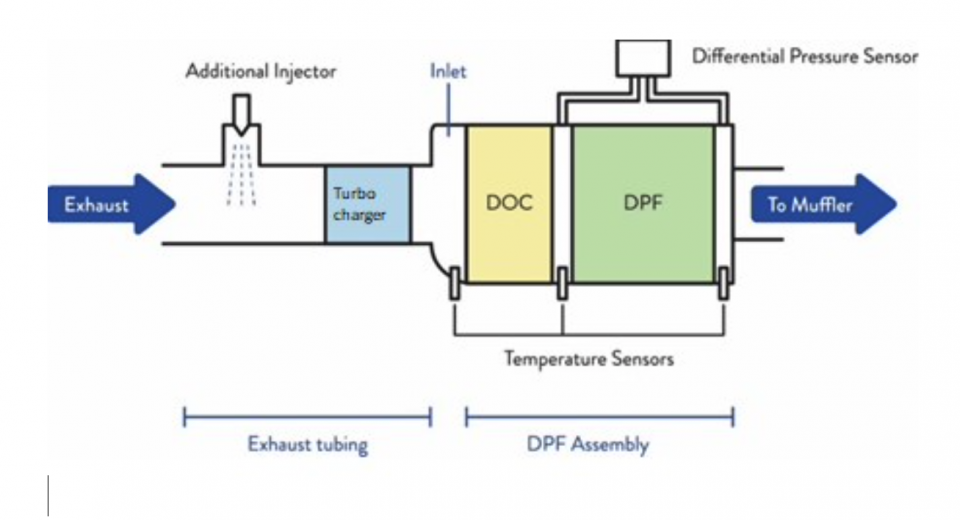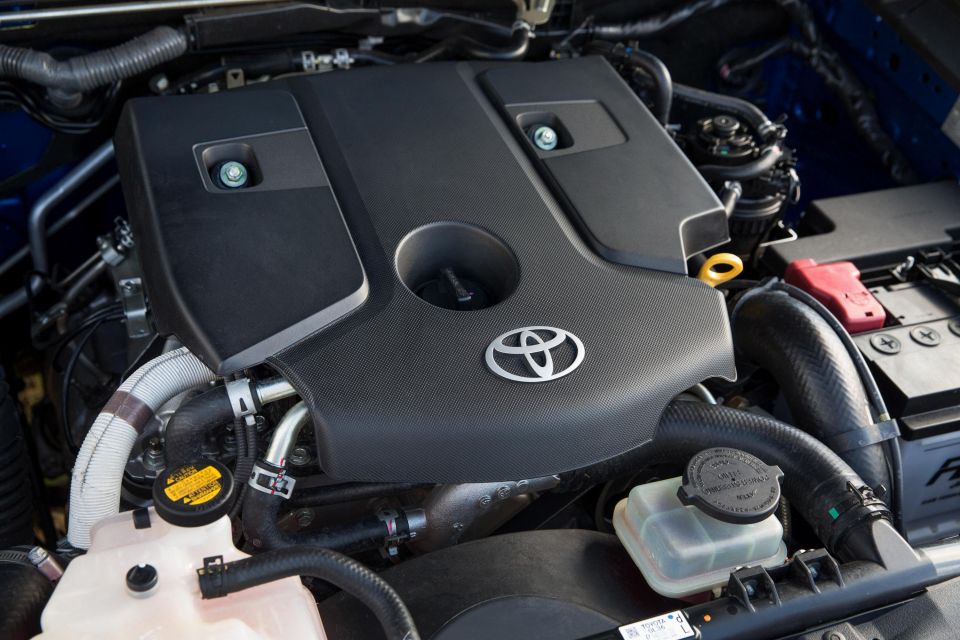

Max Davies
2025 Toyota Corolla SX review
5 Days Ago

Senior Contributor
Australia’s Federal Court has negatively assessed Toyota Motor Australia (TMC) on the matter of faulty diesel particulate filters (DPFs) in the big-selling HiLux and Prado, as well as the Fortuner.
Justice Lee found 264,170 vehicles were supplied with a “defective diesel particulate filter”, causing issues such as “the emission of foul-smelling white smoke, the display of excessive DPF notifications, and the need to have the vehicle inspected, serviced and repaired”.
As such, the vehicles sold between October 2015 and April 2020 were found to contravene Australian Consumer Law’s guarantee of acceptable quality.
A case summary said that while it was hard to quantify damages, there was an agreed-on 17.5 per cent reduction in each affected vehicle’s value – which averages to a bit over $7000 per car when averaged out across all models sold.

Class action lawyers have told the ABC if all the impacted drivers subsequently claim their damages, the total money awarded would be more than $2 billion. However it’s expected the final tally will be lower, given what this would require.
Some drivers may potentially be entitled to more compensation due to having to take time off work to fix their car, or a loss of fuel efficiency. HiLux owners in particular use their utes for work.
DPFs are designed to capture and burn off harmful pollutants. However, many of these vehicles were not regularly running at conditions conducive to burning off said pollutants (long trips at a good clip), and became clogged.
Toyota fitted a DPF burn-off button to its 2.8-litre diesel in 2018, and upgraded the engine substantially in the middle of 2020. But the court found the former patch was largely less effective than the latter update.

“It is not in dispute that between 1 October 2015 and 23 April 2020 (Relevant Period), 264,170 Toyota cars in the Prado, Fortuner and HiLux ranges and fitted with so-called “1GD-FTV” or “2GD-FTV” diesel combustion engines were supplied to consumers in Australia (Relevant Vehicles),” the court finding said.
“Each Relevant Vehicle was supplied with a diesel exhaust after-treatment system (DPF System), which was defective because it was not designed to function effectively during all reasonably expected conditions of normal operation and use of the vehicle.”
Toyota Australia replied in a statement that: “We are in the process of reviewing the court’s judgment. At every step, we believe that we have implemented customer focused and technically grounded remedies to resolve customers’ concerns.
“Toyota will carefully consider the initial trial judgment before making any further comment.”

More on the case
Between October 1, 2015 and April 23, 2020, a total of 264,170 Toyota Prado, Fortuner and HiLux models with ‘1GD-FTV’ or ‘2GD-FTV’ 2.8-litre diesel engines were supplied to consumers in Australia.
Each vehicle was supplied with a diesel exhaust after-treatment system (DPF), which was found by the court to be defective “because it was not designed to function effectively during all reasonably expected conditions of normal operation and use of the vehicle”.
The mandated DPF is designed to capture and convert the pollutant emissions into carbon dioxide and water vapour through a combination of filtration, combustion (getting hot and burning it), and subsequent chemical reactions.
The first applicant in the class action was Prado owner Kenneth John Williams, the second being a company of which Mr Williams is sole director, called Direct Claim Services Qld Pty Ltd (DCS).

“The evidence establishes that the Relevant Prado has been plagued with problems associated with the defective DPF System,” the case introduction stated.
When regeneration does not occur, or is ineffective, the DPF becomes blocked with particulate matter, and the vehicles experience a range of problems.
Under certain conditions the DPF System was deemed ineffective in preventing the formation of deposits, stopping the DPF filter from effective automatic or manual regeneration, leading to excessive white smoke and foul-smelling exhaust during regeneration and indications from the engine’s onboard diagnostic system that the DPF was “full”.
“TMCA was aware that some relevant vehicles were being presented to dealers by customers (called by TMCA, somewhat oddly, as “guests”) who reported concerns with, among other things, the emission of excessive white smoke during regeneration and the illumination of DPF notifications,” found Justice Lee.

“Over the next four years before the introduction of the 2020 Field Fix; the number of complaints increased dramatically; the issues were escalated to the top levels of TMCA and its parent company in Japan, Toyota Motor Corporation (TMC); and a number of countermeasures were introduced, tested and failed.”
The Conclusion and Orders section finalised with the following:
“In short, by reason of the Core Defect, the Relevant Vehicles were worth less at the time of supply than they would have been worth if they were not defective. The conduct in marketing the vehicles as being of acceptable quality was misleading.
“The individual claim of DCS should succeed. So should the representative claims made on behalf of group members with regard to common issues. These conclusions accord with what might have been thought to be the intuitive, common sense response to the facts presented, and it is regrettable the case has become more complicated than it ought to have been.
The parties were largely in agreement as to the common questions to be determined at the initial trial. I can see no reason why those common questions, and the answers to those common questions, should now not be the subject of agreement.”
Where expert car reviews meet expert car buying – CarExpert gives you trusted advice, personalised service and real savings on your next new car.


Max Davies
5 Days Ago


James Wong
4 Days Ago


James Wong
3 Days Ago


Max Davies
2 Days Ago


James Wong
11 Hours Ago


Marton Pettendy
10 Hours Ago